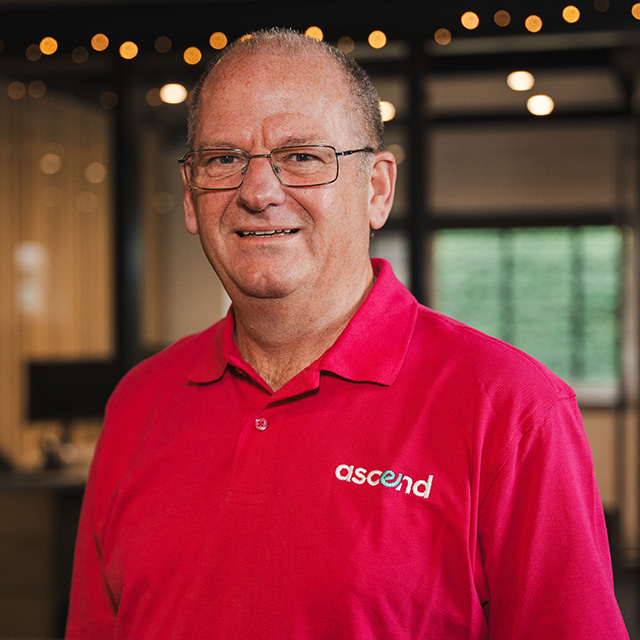Many hospitality businesses operating tronc schemes in the UK believe they need to establish a second PAYE scheme specifically for tronc payments. This is a common misconception that leads to unnecessary administrative burden and complexity.
The belief stems from misunderstandings about:
- The independence requirement of the tronc
- Tax treatment of tronc payments
- HMRC reporting requirements
Let me explain why a separate PAYE scheme for tronc is typically not required and how to properly manage these arrangements to ensure you stay compliant and reduce unnecessary administrative complexity.
Why one PAYE scheme is sufficient
1. Legal Framework Clarification
HMRC guidelines do not stipulate that tronc payments must be processed through a separate PAYE scheme. The key requirement is that the Troncmaster operates independently from the employer in determining distribution, not that the payments need a different administrative structure.
2. National Insurance Contributions (NICs) benefits
The primary tax advantage of a properly run tronc scheme is that Employees’ and Employers’ NICs are not due on distributed gratuities if:
- The employer does not determine the allocation method
- The Troncmaster acts independently
- The payments are not made in fulfilment of contractual obligations
This NIC exemption applies regardless of whether you use the main PAYE scheme or a separate one.
3. Simplified administration
Using the existing employer PAYE scheme for all payments (including tronc distributions) offers multiple benefits:
- Reduced administrative overhead
- Simpler payroll processing
- Consolidated tax reporting
- Easier compliance monitoring
- Lower costs for payroll services
4. Better for the employee
If a stand-alone PAYE scheme is open to process the tronc payments, tax must be deducted from employees at the basic rate of income tax.
This is because the employees have the ‘primary’ employment with the employer. As the Troncmaster has no knowledge of the employees’ income, the tronc scheme is effectively a ‘second employment’; therefore, tax must be deducted at the basic rate.
As many employees in the hospitality industry are part-time workers, their income from the employment may not exceed the personal allowances (currently £12,570 per annum) and therefore would be paying Income tax that they would not have to pay.
They would need to reclaim the overpaid tax from HMRC after the end of each tax year, which is placing an unnecessary burden, both financially and administratively, on employees. This does not make for happy workers!
Processing the tronc payments through the existing PAYE scheme ensures that the employees pay the correct tax and the right time.
5. Clear audit trails
Rather than separating tronc payments into a different PAYE scheme, clear demarcation within your existing payroll system is sufficient. HMRC requires that tronc payments be properly identified and documented, which can be accomplished through:
- Appropriate payslip notations
- Separate ledger accounts
- Detailed records of collection and distribution
- Clear TroncMaster appointment documentation
Best practices for tronc management
To maintain a compliant and efficient tronc system within your existing PAYE scheme:
- Formal appointment: Ensure the Troncmaster is formally appointed with documented independence from the employer regarding distribution decisions.
- Transparent records: Maintain clear records that distinguish tronc payments from regular wages.
- Proper tax treatment: Ensure all tronc payments are subject to PAYE income tax (even though they may be exempt from employer NICs).
- Regular communication: Keep staff informed (this should be done through the Troncmaster) about how the tronc is operated and distributed.
- Payslip clarity: Clearly identify tronc payments on payslips as separate from regular wages.
In most cases, UK hospitality businesses can effectively operate tronc schemes through their existing PAYE infrastructure. The independence of the Troncmaster in allocation decisions, rather than the administrative structure, determines the tax treatment benefits.
By maintaining proper documentation and a clear distinction between regular wages and tronc payments, businesses can enjoy the benefits of a well-run tronc system without the additional burden of a second PAYE scheme.
Still need help? reach out to the experts at Tips and Troncs today for free, helpful advice and a no obligation quotation

